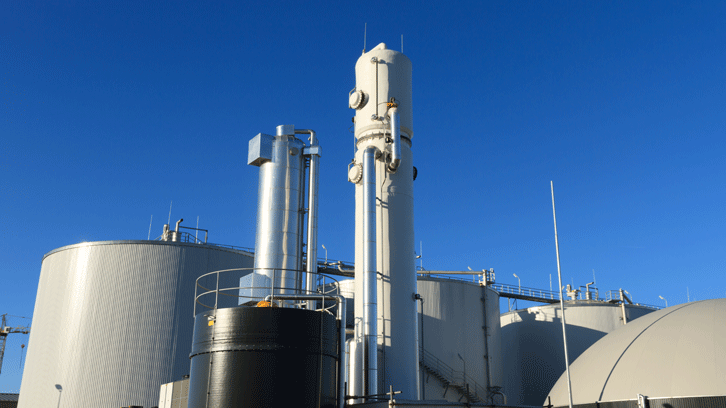Anaerobic digestion in Europe: research and development

Anaerobic digestion (AD) technology is used commercially around the world, especially in Europe, which has set some challenging targets to diversify its energy mix with more renewable energy. AD is not a new technology. It was already known in the 17th century, but it was only in the 1980s that it started to be used more widely for treating industrial and municipal wastewater, sewage sludge or municipal solid waste. As it is now a mature technology, it could be key to reducing organic waste, recovering the energy contained in biomass, and generating biofuels and energy.
A foresight analysis involving the empirical study of academic publications and patents documents have been made. Reference literature was used to give a picture of the state of the art in biogas production and research in terms of the leading country (production and articles publication), main assignees, main research institutions and type raw materials used in biogas production. To perform this analysis indexed articles and patents have been evaluated between 1990-september 2015. In this study, only those publications and patents focused on the production of biogas have been considered. We have leave out those publications that, for example, study microbiological aspects of the process, focus on the modeling of the process…
Regarding the raw materials used as substrate for AD process, it was found that the ones receiving most attention by researchers are sludge, sewage, waste, wastewater, agricultural biomass, crops, manure and municipal waste. Around 5% of all the publications investigate co-digestion, and around 6% use some pre-treatment in the raw material to improve the process. A small part, deals with the final use of biogas (electricity production, fuel cells...) and only 3% are focused on biogas upgrade and purification.
Germany stands out as the leading publisher of articles, accounting for 42% more articles than the second-placed country, Italy. The institution with the highest number of articles in Europe is the Technical University of Denmark, accounting for 51.2% of its country's publications, which makes it a real bench-mark for biogas and AD research. Spain was identified as the third country in publishing articles. Leading institutions in Spain are: CSIC, Universitat Autònoma de Barcelona, Universitat de Barcelona, Universidad de Cádiz, Universidad de Santiago de Compostela and Universidad de Valladolid, being the las two those that demonstrate, through publications, a higher degree in international collaborations.
Patent applications with priority in a European country from 1990 to 2015 were analysed. It was found that those documents represent 12% of the world. 48% of patent applications are related with equipment for AD. There is also a focus on biogas purification, accounting for 12% of patent applications in Europe. There is a strong predominance of patents whose priority country is Germany. Around 47% of all the patents filed in Europe are from this country.
The correlation between scientific works and business development (patents) was also studied. This correlation could be measure by using a patentability ratio (number of patents/number of scientific articles) per each country. In this study, it can be found that this ratio varies from 0 to 2. As closest to 0, the lower value, the average interconnection shows a weak degree between academic research and scientific development, demonstrating that there is still no effective conversion of studies in business solutions (patents). The patentability ratio show that most European countries have produced more academic papers than patents in this area (ratio lower than 1).
This reflects the logical fact that not all research constitutes knowledge that can be necessarily transformed into patentable intellectual property. However, it was found that Germany (1.79) and Switzerland (1.68) have more patent applications than academic publications. In the case of Germany, this high patentability ratio agrees with its leadership in biogas production at European level. Greece and Ireland are countries with the lowest patentability ratio (<0,1).
xavier.font@uab.cat
Departament d'Enginyeria Química, Biològica i Ambiental
Escola d'Enginyeria
Universitat Autònoma de Barcelona
References
Rafaela Lora Granado, Adelaide Maria de Souza Antune, Fabiana Valéria da Fonseca, Antoni Sánchez, Raquel Barrena, Xavier Font.; Technology Overview of Biogas production in anaerobic digestion plants: A European Evaluation of Research and Development. ; Renewable and Sustainable Energy Reviews, 80, 2017, pp 44–53.; Doi: https://doi.org/10.1016/j.rser.2017.05.079

